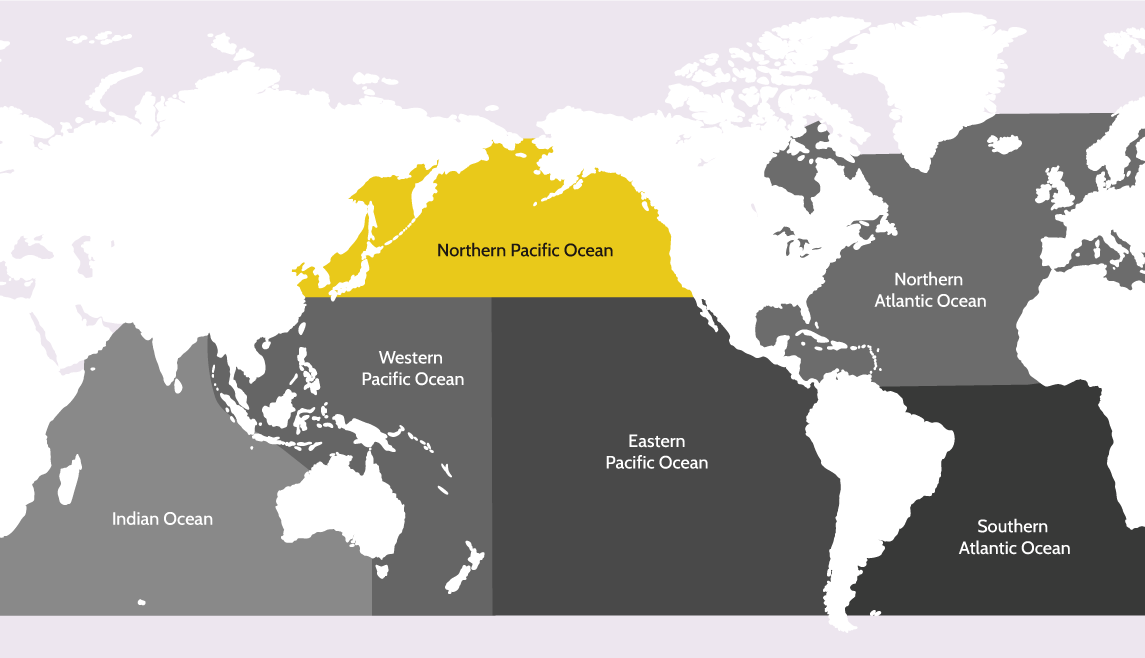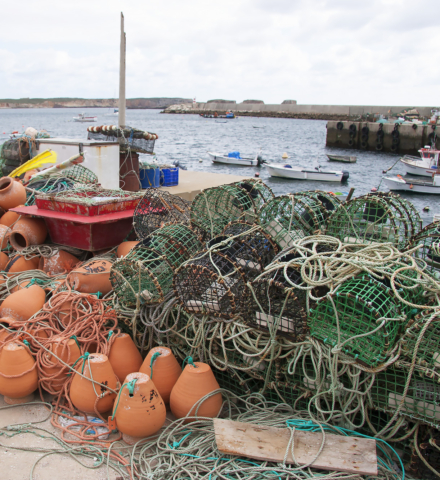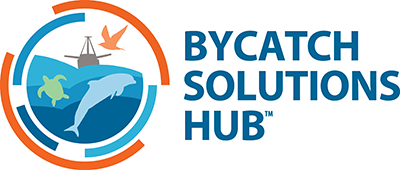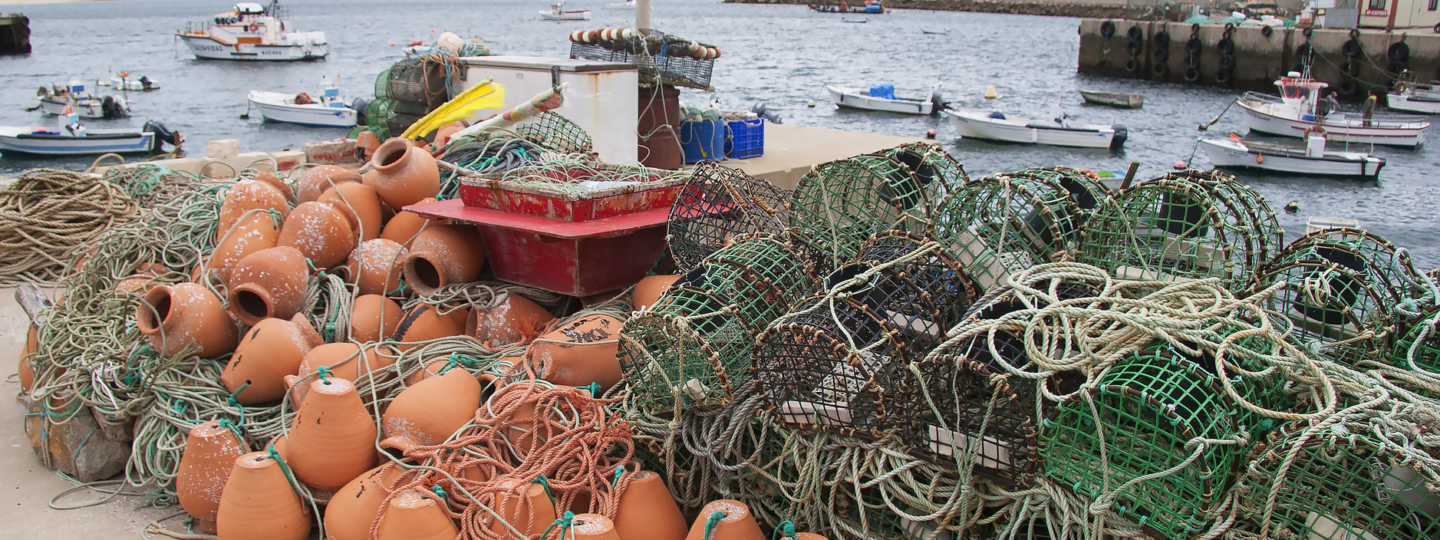Pots/Traps
Northern Pacific Ocean
Pots and traps are set on the seafloor and attached to the surface with a buoy line. For many fisheries, a string of multiple traps are deployed in a trawl, which has a buoy line on each end. Pot and trap fisheries typically target crustaceans or groundfish.


Target Species
Dungeness Crab
Groundfish
King Crab
Snow Crab
Bycatch Species
Marine Mammals
Sea Turtles
Solutions
View allFunding Opportunities
View allDescription
Research suggests that over 300,000 whales and dolphins die annually due to entanglement in fishing gear, with additional unknown numbers also entangled in marine debris. This can have devastating, long-term conservation impacts on those populations that are already threatened, in some cases critically. In response to these growing concerns, the International Whaling Commission (IWC) launched a Global Whale Entanglement Response Network (GWERN) in 2011. The immediate aim of the program was to build safe and effective entanglement response capability around the world. The long-term goal is to prevent entanglements incidence globally.
The program is a partnership with the Center for Coastal Studies (CCS) in Provincetown, Massachusetts, US considered one of the global leaders in entanglement response. It is led by Technical Advisors who work for both CCS and the IWC, supported by an Expert Panel drawn from countries with long-standing and well-tested approaches to entanglement response.
With assistance from this global expert group, a Best Practice Guidelines and a two-day entanglement response training package has been development and is in need of further support. The training workshop includes classroom study, with information on data collection, relevant regulations, and regional cetacean identification, followed by on the water, hands-on disentanglement exercises. Since 2012, these training workshops have been delivered across five continents, reaching over 1,700 participants from more than 43 countries.
Funding to support this program includes equipment costs for disentanglement kits and trainer sponsorship consisting of flights, subsistence and a $205/day trainer fee. Additionally, a smaller funding package to support disengagement kit supplies alone is available.
Beneficiary: International Whaling Commission in partnership with Center for Coastal Studies
- Funding to support equipment costs for disentanglement kits and trainer sponsorship $18,944 USD
Description
The CanFISH Gear Lending program is a fisheries assistance program that provides ropeless systems free of charge to fishers in New Brunswick, Prince Edward Island, and Nova Scotia, Canada, during temporary closures designed to protect North Atlantic Right Whales. Through this service, CanFISH is protecting the Canadian crab fishing industry and the snow crab harvester’s way of life, while promoting safe fishing methods for the critically endangered North Atlantic Right Whale (NARW).
This funding opportunity will provide essential assistance to the CanFISH program by supporting operational costs, specifically for monitoring gear sets, training, servicing and transportation of gear, storage and overhead costs so more ropeless systems can get to fishermen in the 2024 snow crab season.
Beneficiary: Canadian Wildlife Federation
- Program Operational Support $60,000
Description
This funding opportunity provided equipment to the NEFSC gear library to fully outfit 6 vessels for ropeless fishing. This includes 2 ropeless systems (MOBI units), a deck box transducer, and gear tracking software for each vessel.
North Atlantic right whales (NARW) are the world’s most critically endangered large whale species, with less than 350 animals alive today. The threat to whales is the line of rope that extends from the trap on the seafloor to the buoy on the surface; whales are not able to detect this thin line, and can swim into it, becoming entangled. Ropeless, on-demand fishing technologies offer a solution by removing buoy lines from the water column except when gear is actively retrieved.
NOAA has a “gear library” program that accepts donations of ropeless gear for fishermen to pilot and test. It is critical for fishermen to participate in gear trials to develop systems that operate efficiently in challenging oceanographic conditions. Participating in pilot projects will also begin to get fishermen more comfortable with the gear, and give them the ability to provide feedback to customize the gear.
Beneficiary: NEFSC On-Demand Gear Library
- Ropeless Gear Donation: $83,250 Funded

